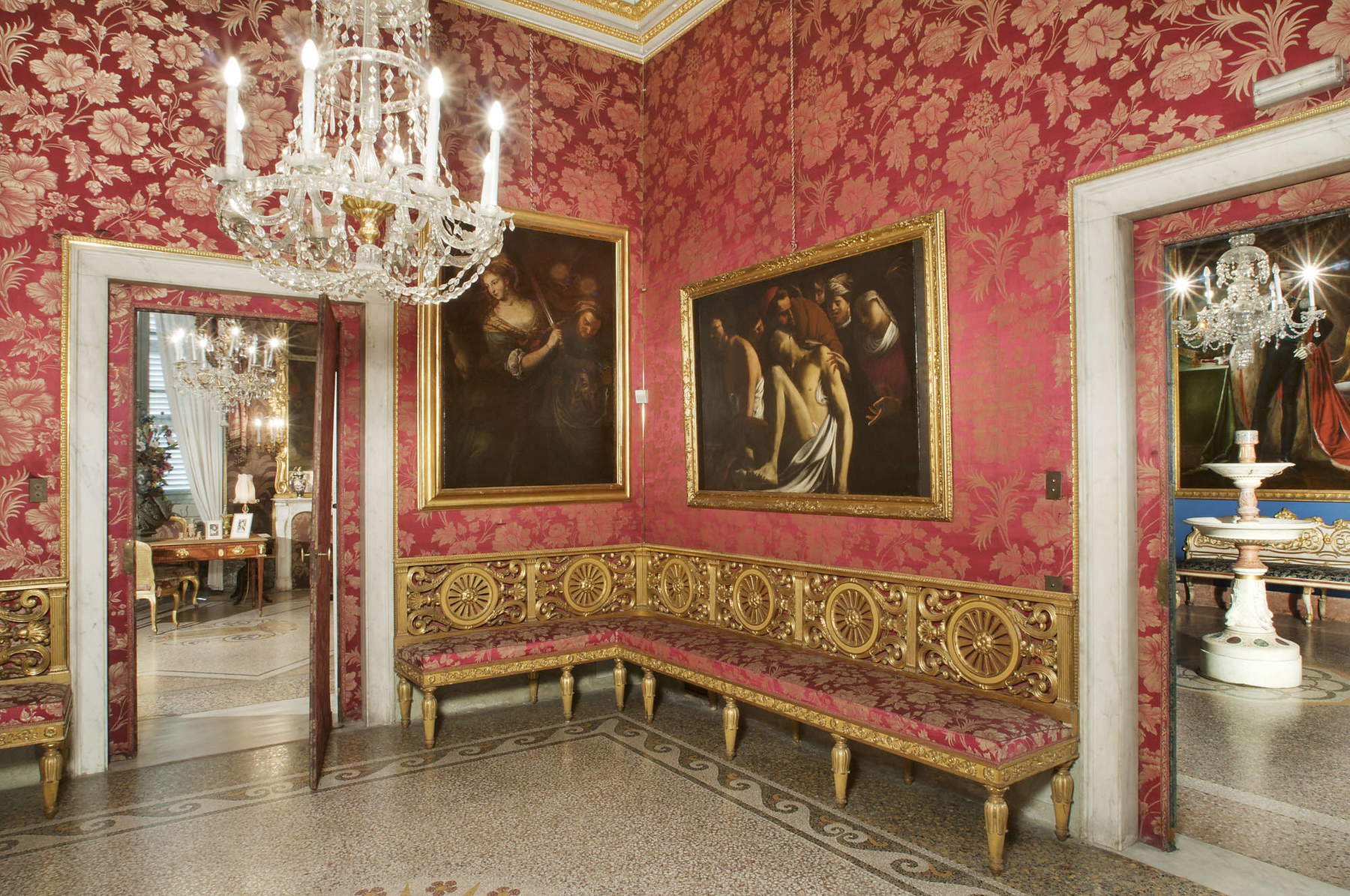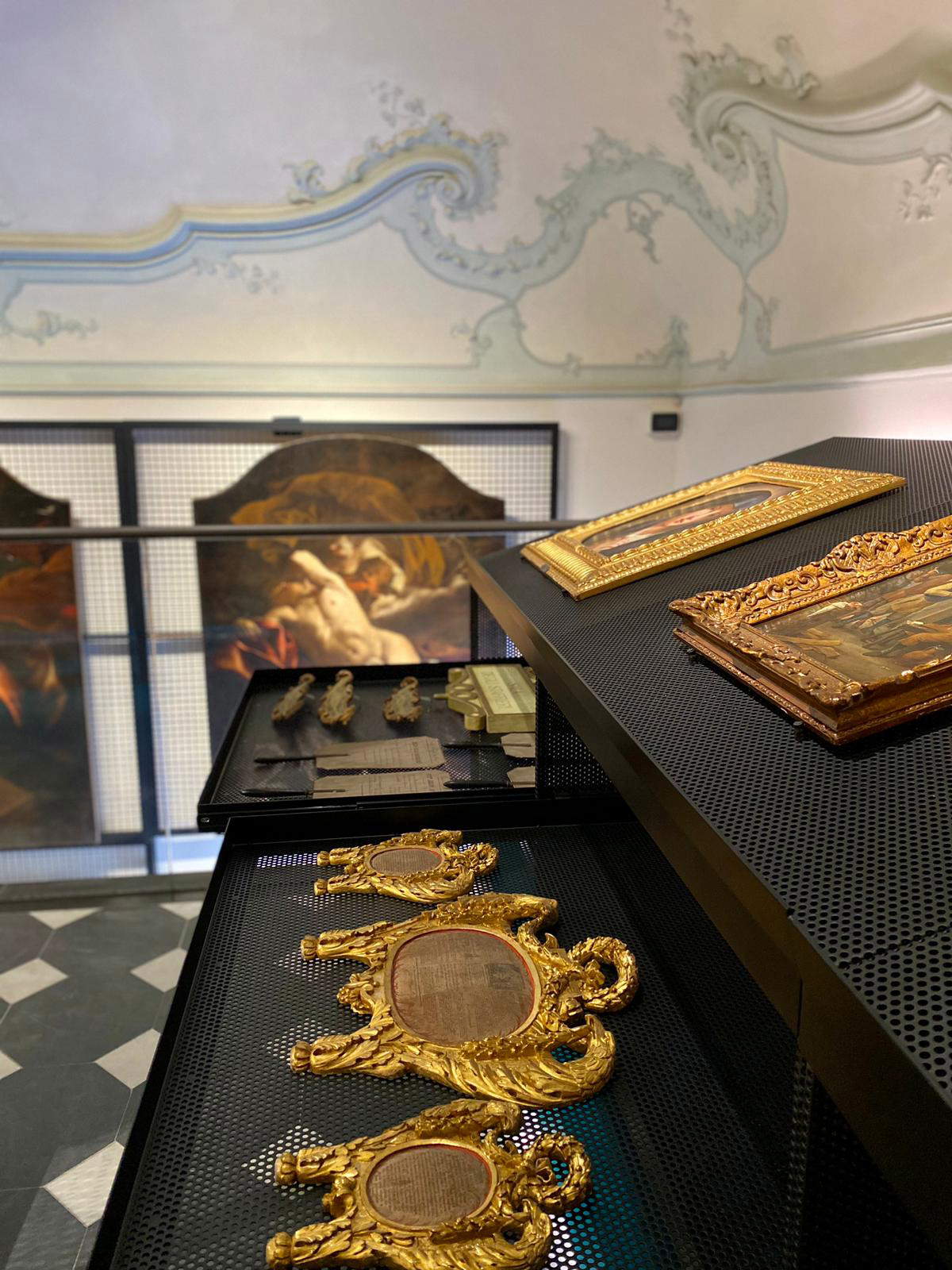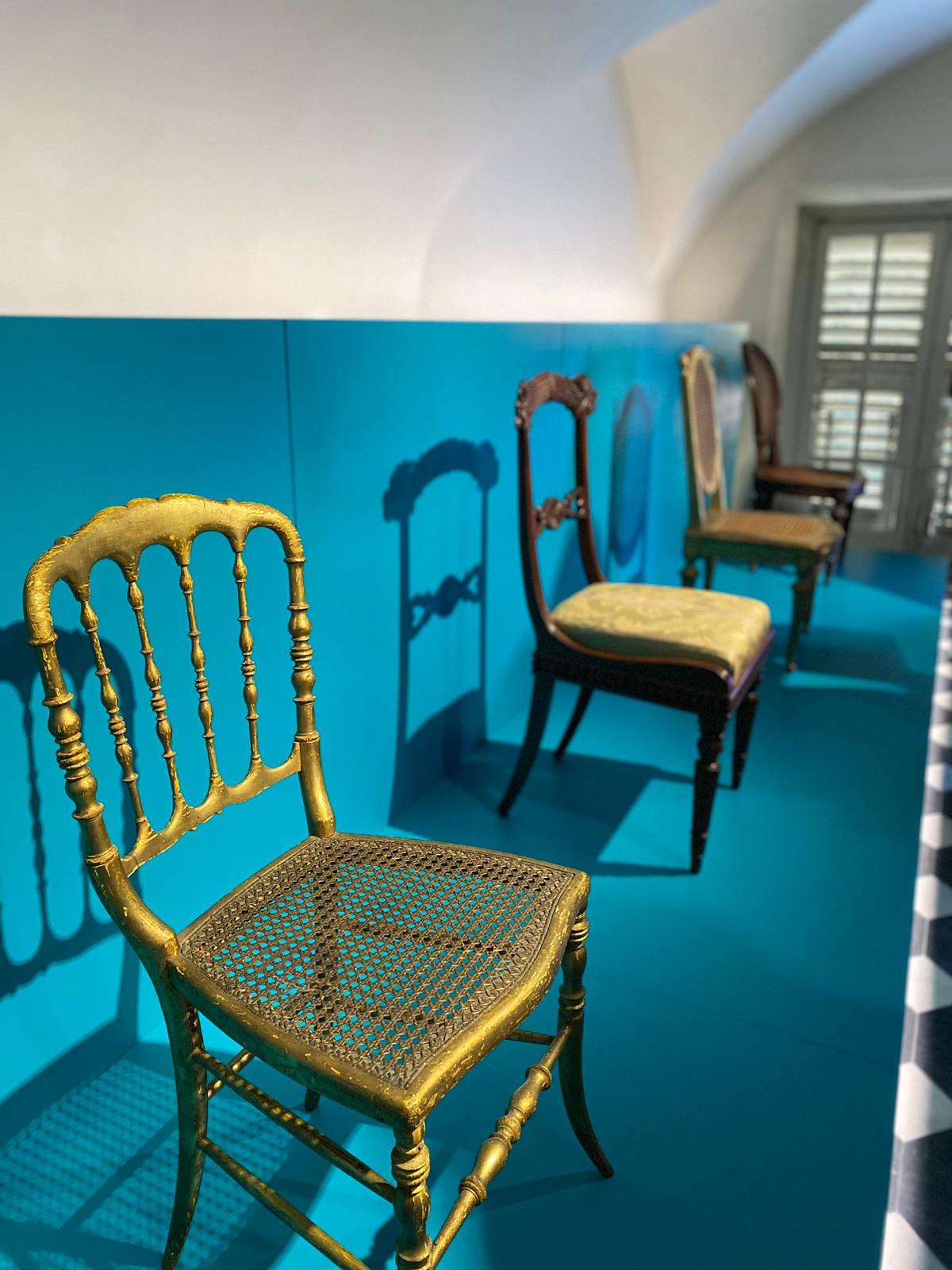In Genoa, important news affects the Royal Palace in the bicentennial year of its founding, celebrated with a series of special events, including the inauguration of the New Depots and the reopening of theApartment of the Crown Princes. This anniversary commemorates 1824, when the Durazzo family transferred their Via Balbi residence to the Savoy family. From that time, the prestigious patrician palace, originally built and inhabited by the Balbi and Durazzo families, took the name “Palazzo Reale,” becoming the Savoy residence in Genoa. The Apartment of the Crown Princes and the New Depots are both located in the east wing of the palace’s first piano nobile. Starting April 9, these spaces will be open for tours every Tuesday morning and Friday afternoon, with guided tours included in the entrance fee to the National Museums of Genoa.
The Apartment of the Crown Princes has been closed to the public since the beginning of the pandemic due to flow management and contingency issues. The reopening of this wing of the Royal Palace, together with the novelty of the New Depots, represents a significant enrichment of the visitor experience. The New Depositories, on the other hand, represent an ambitious project through which the museum intends to display a selection of the treasures currently stored in the remaining historical storage rooms and in the palace’s former guardhouses. This initiative was strongly promoted by the Management of the Royal Palace, with the collaboration of architect Giovanni Tironi, in order to offer visitors a fascinating opportunity to discover part of the rich heritage stored in the museum’s reserves.
“The idea of the New Depositories,” says Alessandra Guerrini, director of the National Museums of Genoa, “was first born in the 1990s and is finally being realized today. These spaces are closely connected to the exhibition halls, they are intended to be usable not only to make visible artifacts otherwise hidden from view, but also to highlight an extraordinary and fascinating part of the history of a great Genoese aristocratic residence and the mechanisms that ensured its operation.”
The first conference organized on the occasion of the bicentennial of the Royal Palace will be held on Thursday, April 11 at 4:30 p.m. and will be dedicated to Piedmontese Residences from Charles Felix to Charles Albert: the Castles of Agliè and Racconigi. The lecture will be curated by Alessandra Giovannini Luca, director of Racconigi Castle. The event will examine the choices of taste, entourage, and collecting and patronage predilections that, in those years, guided the redecoration and modernization plans initiated by Charles Felix in the Agliè residence and by Charles Albert, his successor to the throne of Sardinia, in the Racconigi estate. Participation in the lecture is possible with a reduced ticket at a cost of €6, while it is free for MNG annual card holders and eligible persons.
 The
The The
The


The New Deposits, located in the former servants’ quarters in the eastern wing of the Royal Palace, represent a new space integrated into the palace’s exhibition itinerary, where objects and furnishings that can tell the story of the lives of the people who inhabited the residence in past centuries are preserved. For each museum, the repository is an essential and strategic part of the activities, as it houses not only works that are not on display, but also those that are more fragile or in need of restoration. Through repositories, museums can organize rotations of collections to make as many works as possible accessible while ensuring their best preservation. Masterpieces can thus find space in exhibition halls, while repositories are reserved for research and study by specialists. However, in a historic mansion such as the Royal Palace, the repository takes on a unique identity.
Grand patrician pal aces and royal residences such as the Royal Palace of Genoa have historically benefited from an extensive network of repositories intended primarily for practical purposes, reflecting the habits, customs and fashions of their owners. Historical inventories of the palace on Via Balbi, first a sumptuous aristocratic residence and later a Savoy royal residence, testify to the existence of storerooms for wood and ice, fruit and wine, dishes and glasses, cutlery, linen, and fabrics for furnishings such as chairs, armchairs, and curtains with associated trimmings. Each storehouse had its own precise location within the architectural complex: those associated with kitchens were often located on the ground or second floor, checkrooms were located in the attics, and marble, stones, and irons could be found in the subterranean rooms.
With the passage of time and historical transformations, especially after World War II and the transformation of the former royal residence into a museum, the living habits and organization of the palaces changed profoundly. This has led to the disappearance of a complex network of offices specializing in the management of storerooms, warehouses, archives, and checkrooms, as well as the personnel assigned to these tasks. The spaces allocated to these functions are drastically reduced compared to the past and often located in areas not accessible to the public. The transformation of the former palace into a museum has entailed a redefinition of its spaces and a reallocation of functions, focusing on the public enjoyment of works of art and their preservation.
The apartment located in the eastern wing of the first piano nobile of the Royal Palace has undergone several modifications, expansions and reductions over time. It currently consists of ten rooms that were sumptuously furnished between 1841 and 1842, on the occasion of the wedding of Crown Prince Victor Emmanuel to Maria Adelaide of Habsburg-Lorraine. These rooms still retain the sumptuous appearance and original furnishings from that period, offering visitors an important testimony to the history and taste of the period. In 1846 Federigo Alizeri wrote that the lodging had been “restored and enriched with Sovereign magnificence,” at the behest of the then King of Sardinia Charles Albert, adorned with gilded stucco and “draperies that fascian the walls with princely luxury.”
Called to work there “in noble competition,” “the flower of the living Genoese artists” were Giuseppe Frascheri (1808-1886), Michele Canzio (1787-1868), Michele Carlo Danielli (1822-1853) and Giuseppe Isola (1808-1893). The apartment remained accessible for royal family visits and longer stays throughout the 19th century and even until World War II. During this period, it also hosted such illustrious figures as Luigi Amedeo di Savoia, Duke of the Abruzzi. However, after World War II, the apartment underwent transformations to adapt it to house the President of the Republic. Subsequently, it was closed to the public and used as a repository to store objects and works of art.
After a thorough restoration in April 1999, the apartment was rearranged and opened to the public for the first time. During this restoration, they worked patiently and carefully to restore the apartment to its former glory, collecting all the Savoy memories in the palace’s storerooms. In particular, paintings that had been transferred to other rooms or storerooms in the past were returned to their original location.
Most of the furniture and works of art in the apartment date back to the 1842 arrangement, desired by those in charge at the time. Finally, in 2005, the last three rooms of the apartment were inaugurated: the Bedroom, the Study and the Bathroom of Maria Adelaide of Habsburg-Lorraine, Duchess of Savoy. These rooms completed the exhibition tour of the apartment, offering visitors a more complete and in-depth experience of court life in the Savoy period.
 |
| Genoa, New Depots open at the Royal Palace and the Apartment of the Crown Princes reopens |
Warning: the translation into English of the original Italian article was created using automatic tools. We undertake to review all articles, but we do not guarantee the total absence of inaccuracies in the translation due to the program. You can find the original by clicking on the ITA button. If you find any mistake,please contact us.